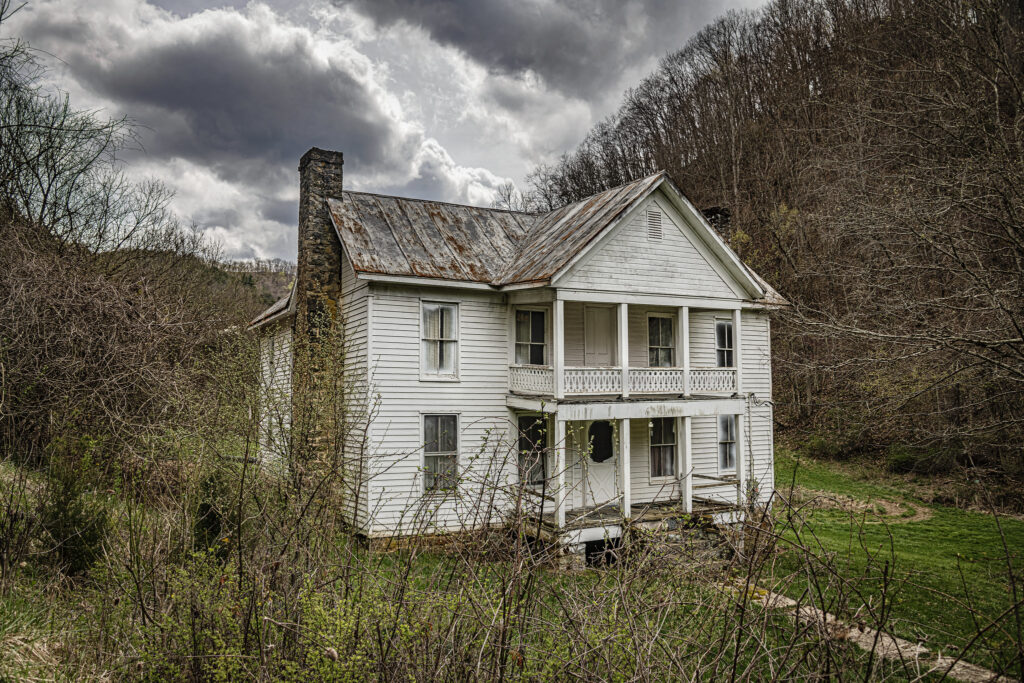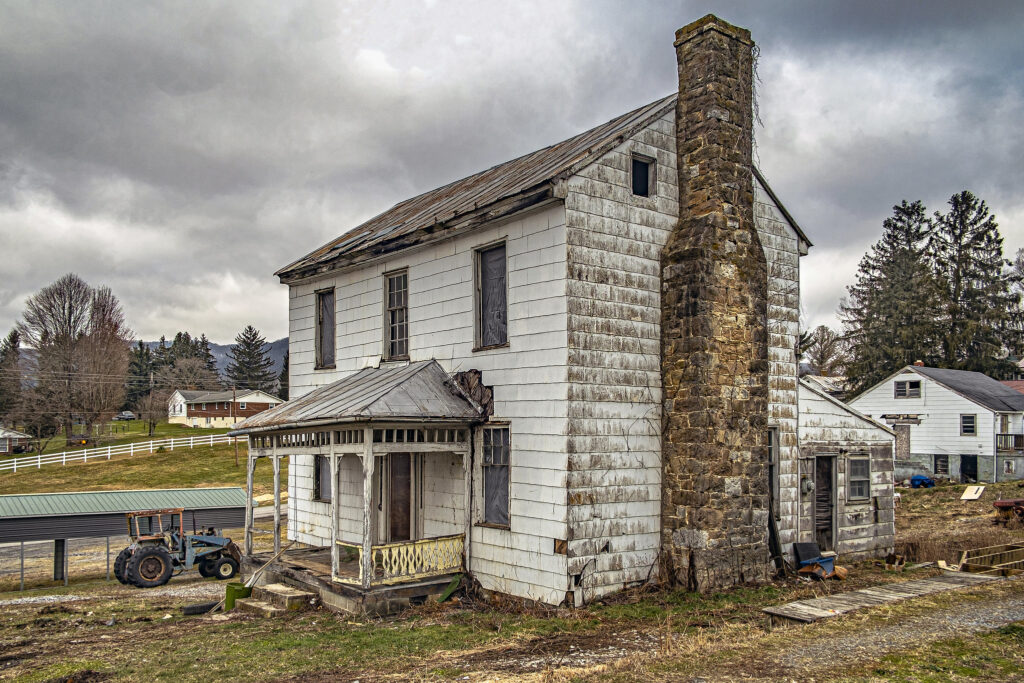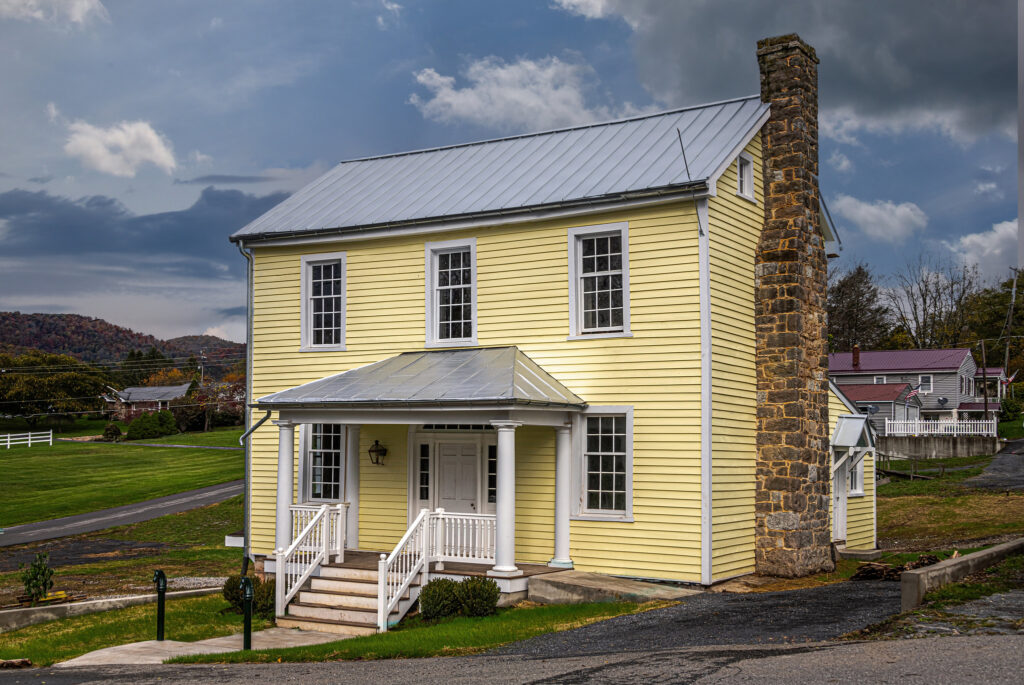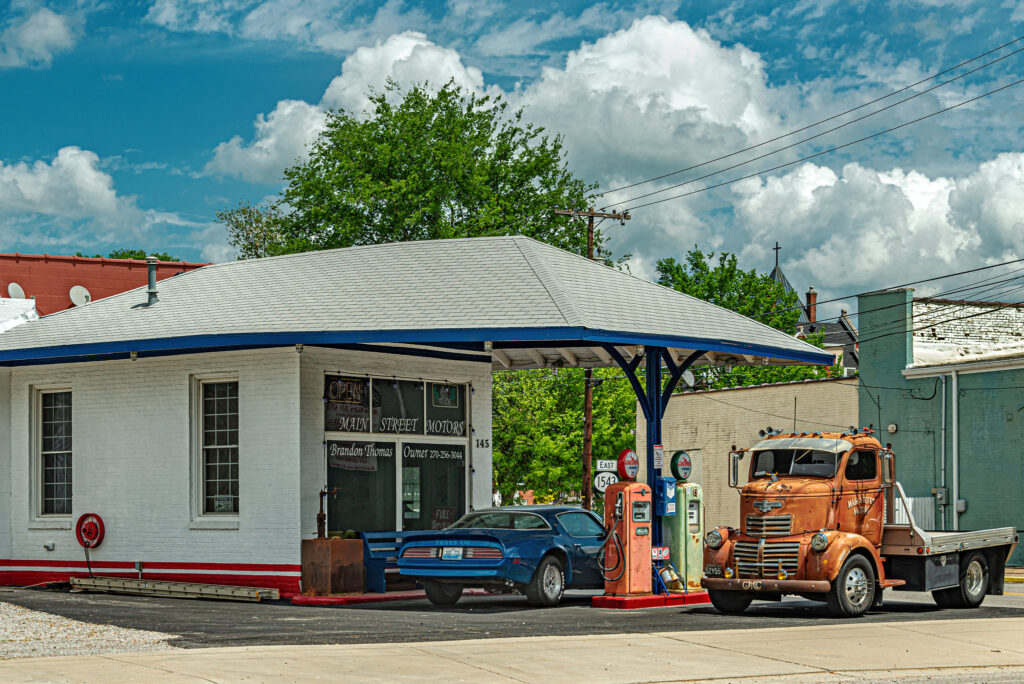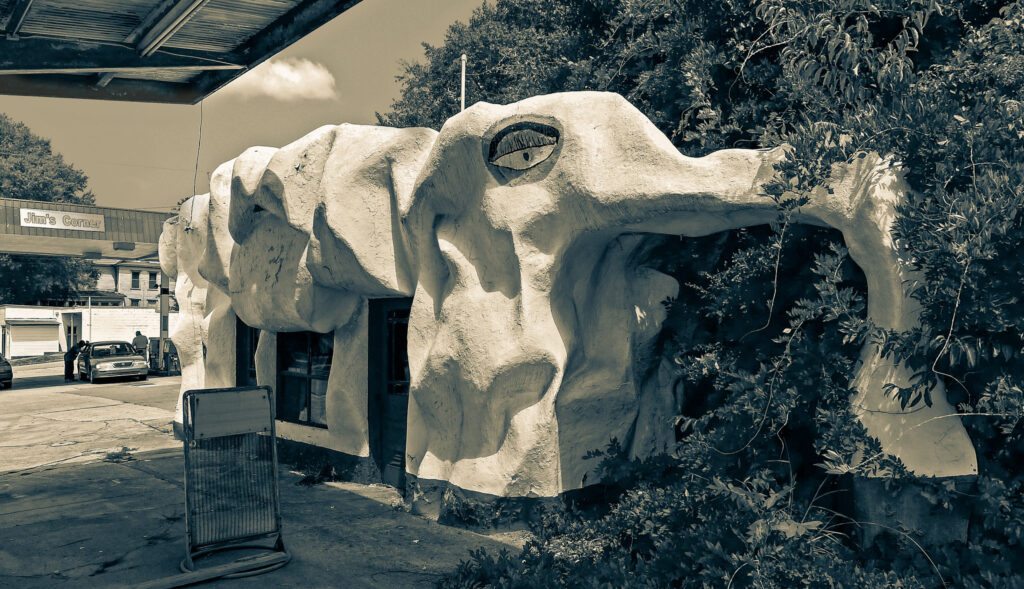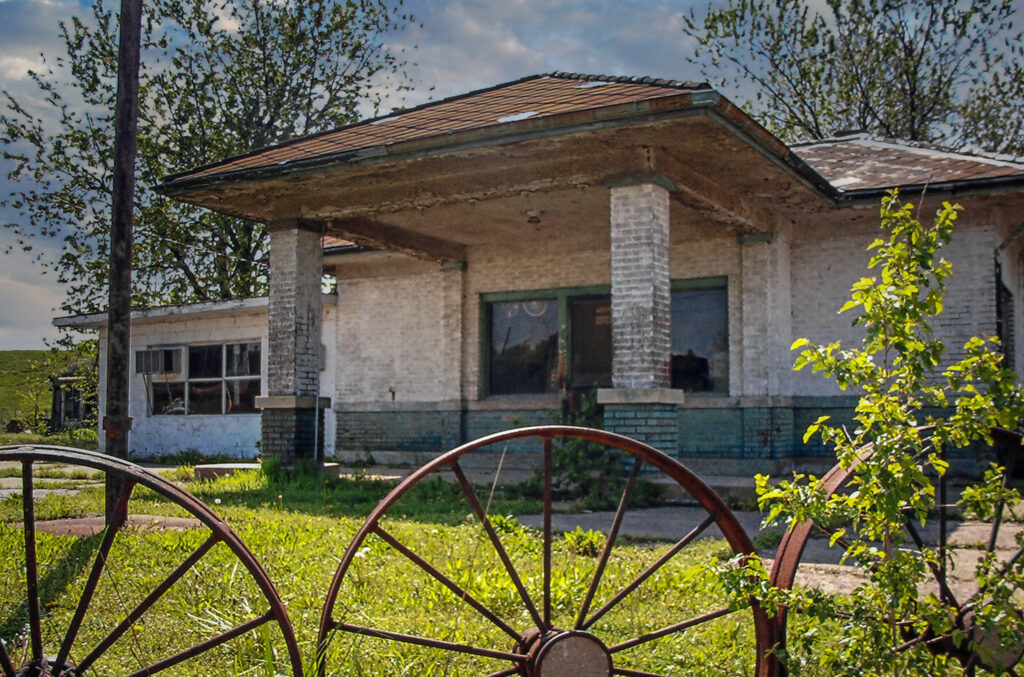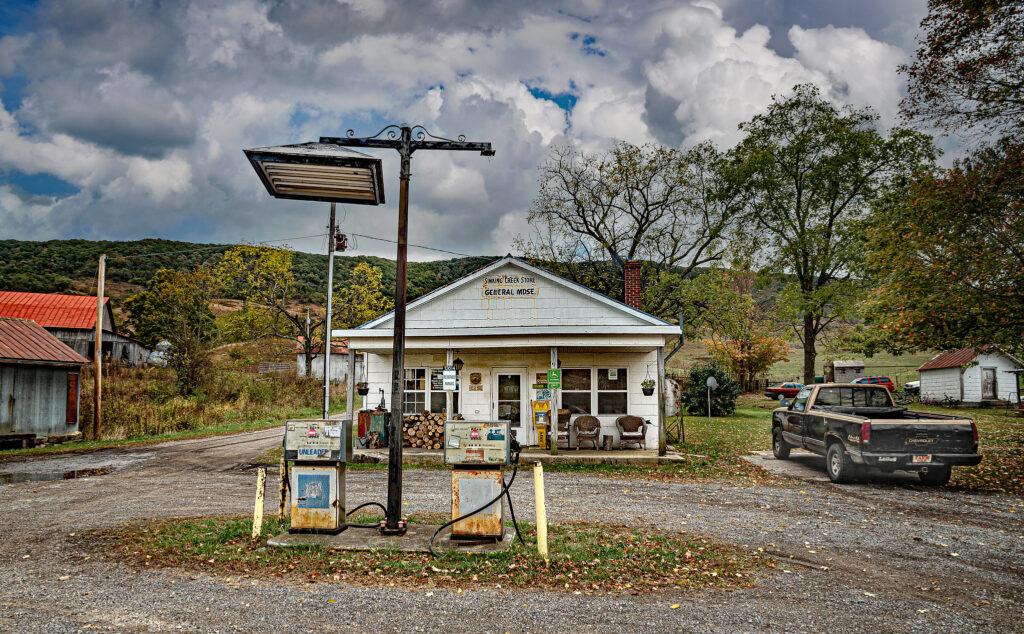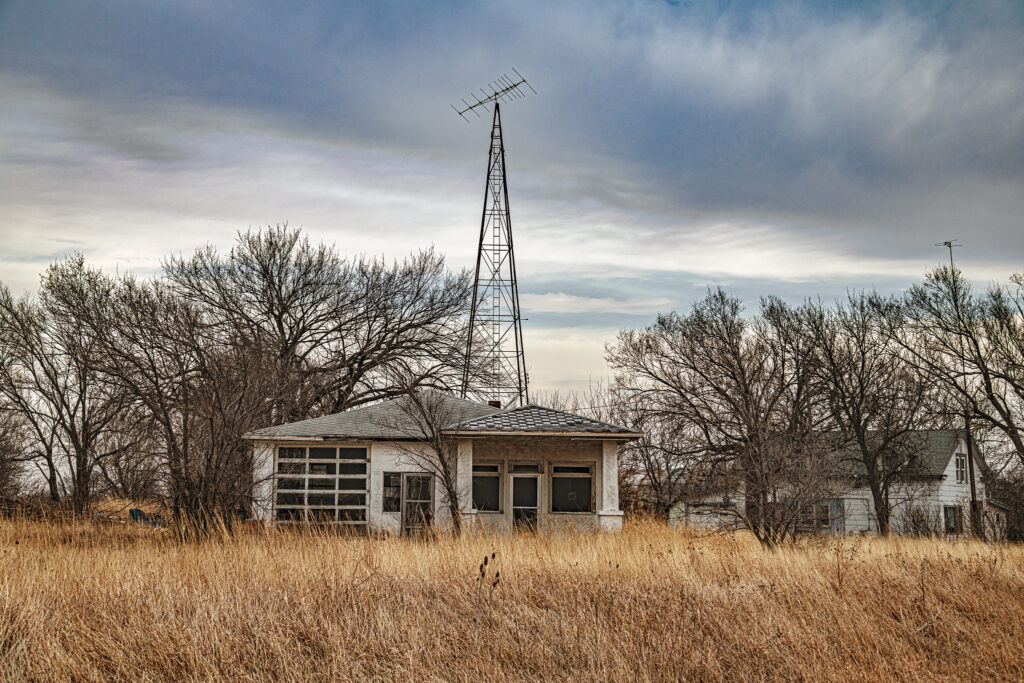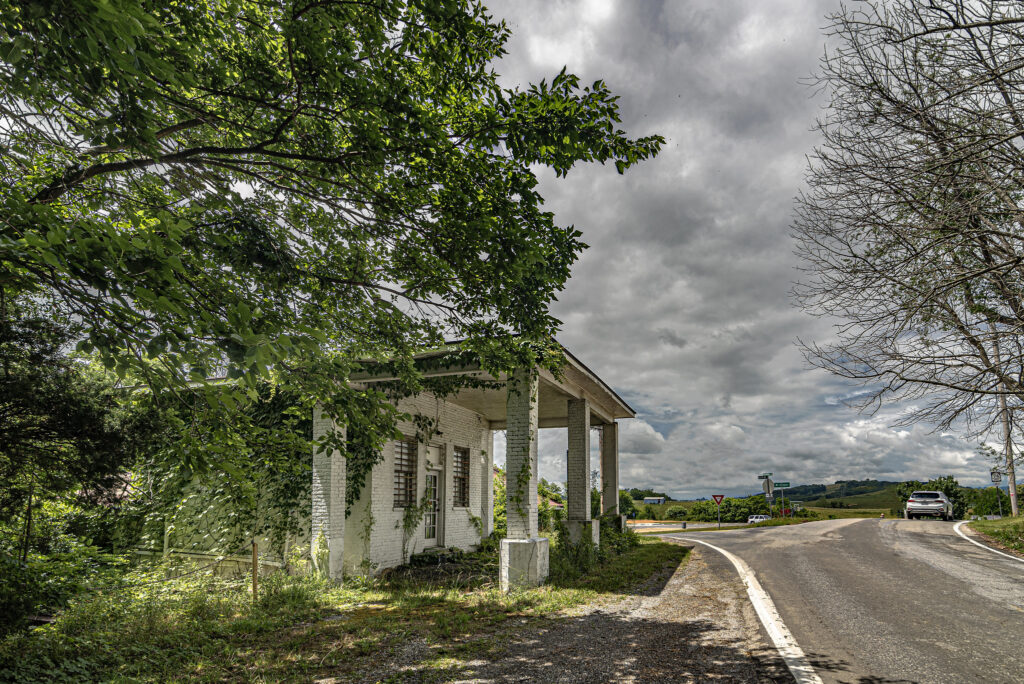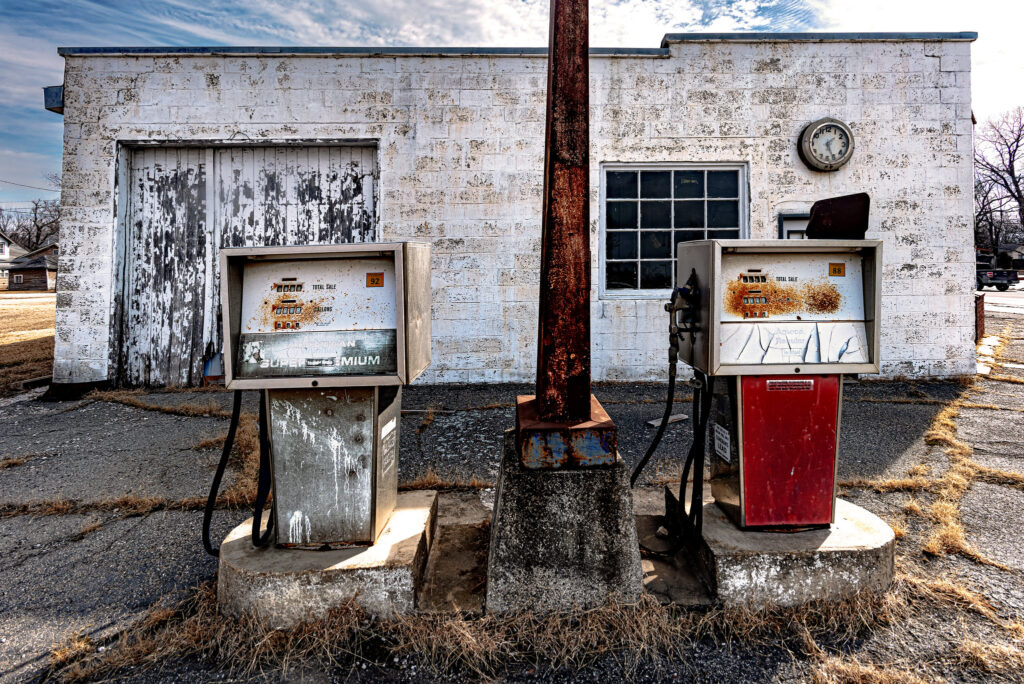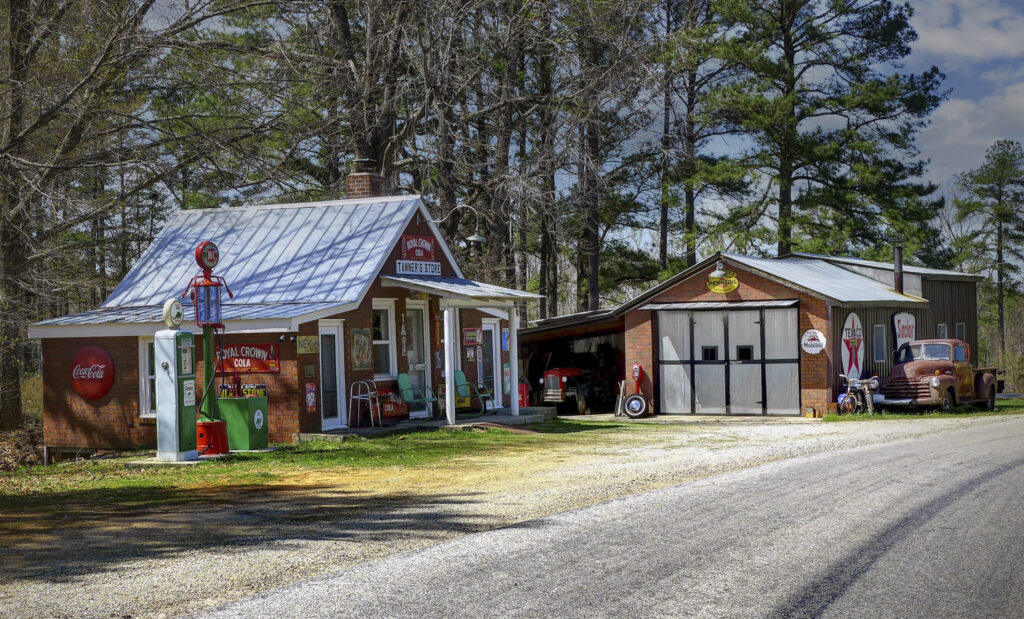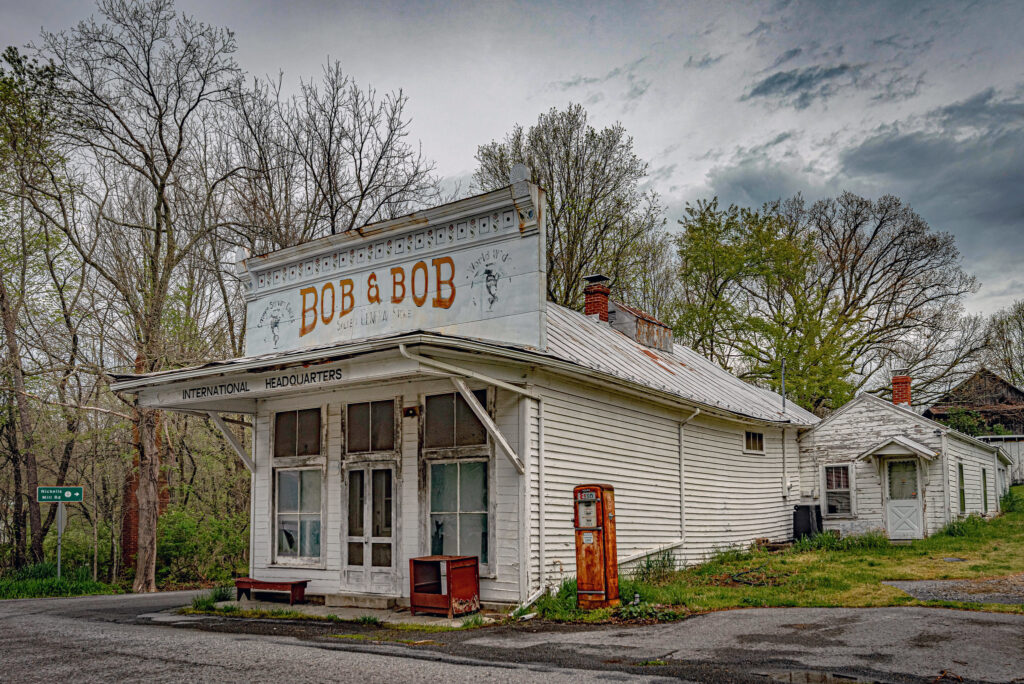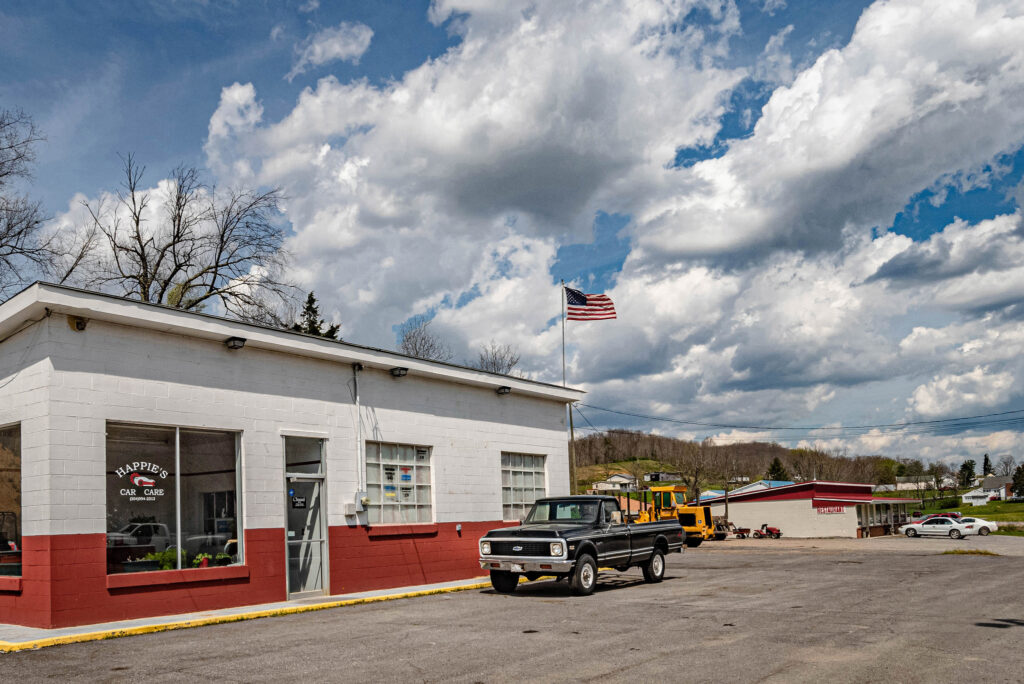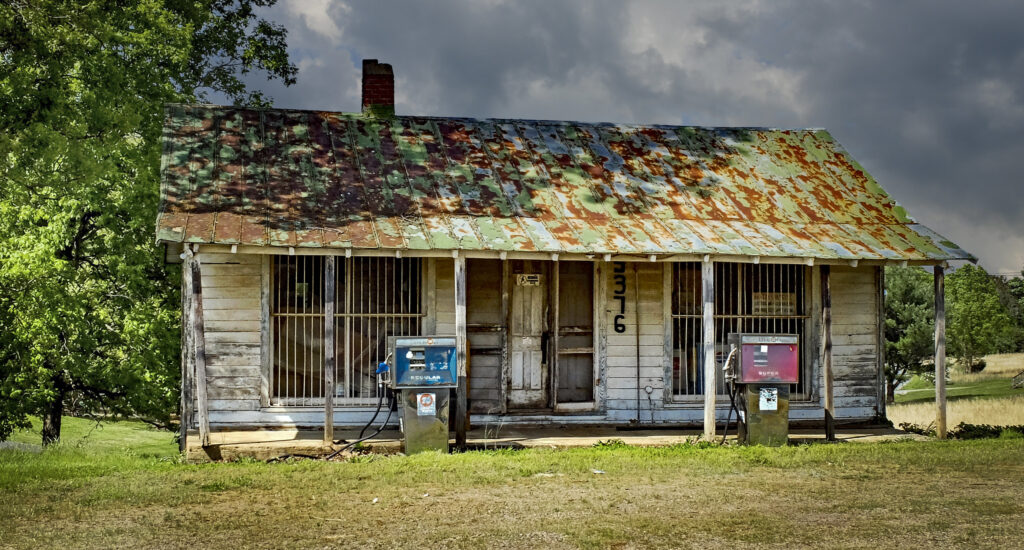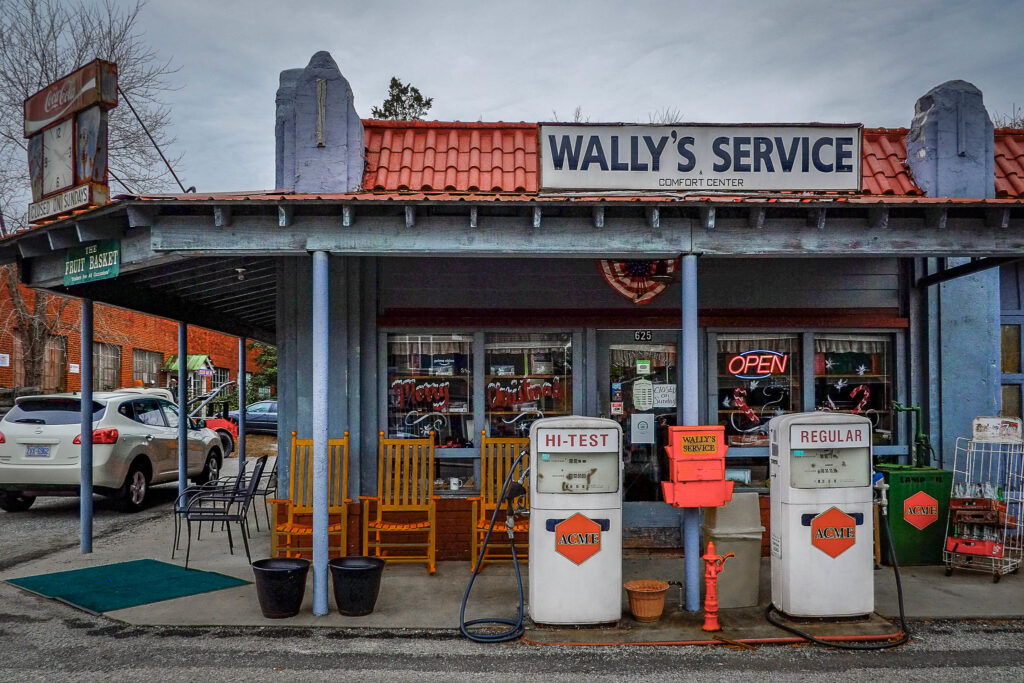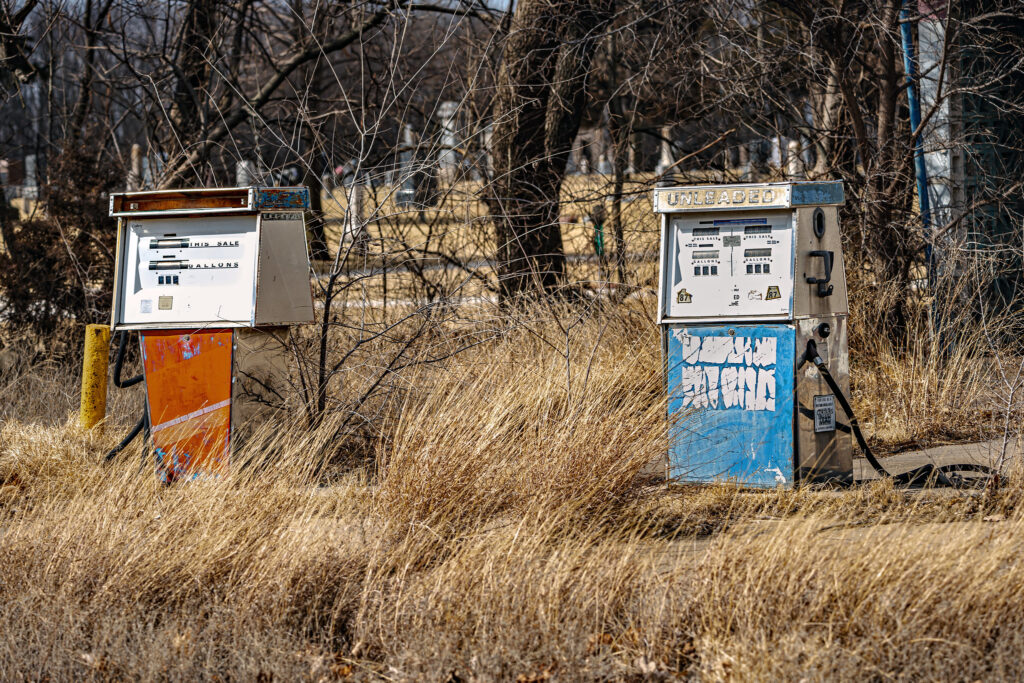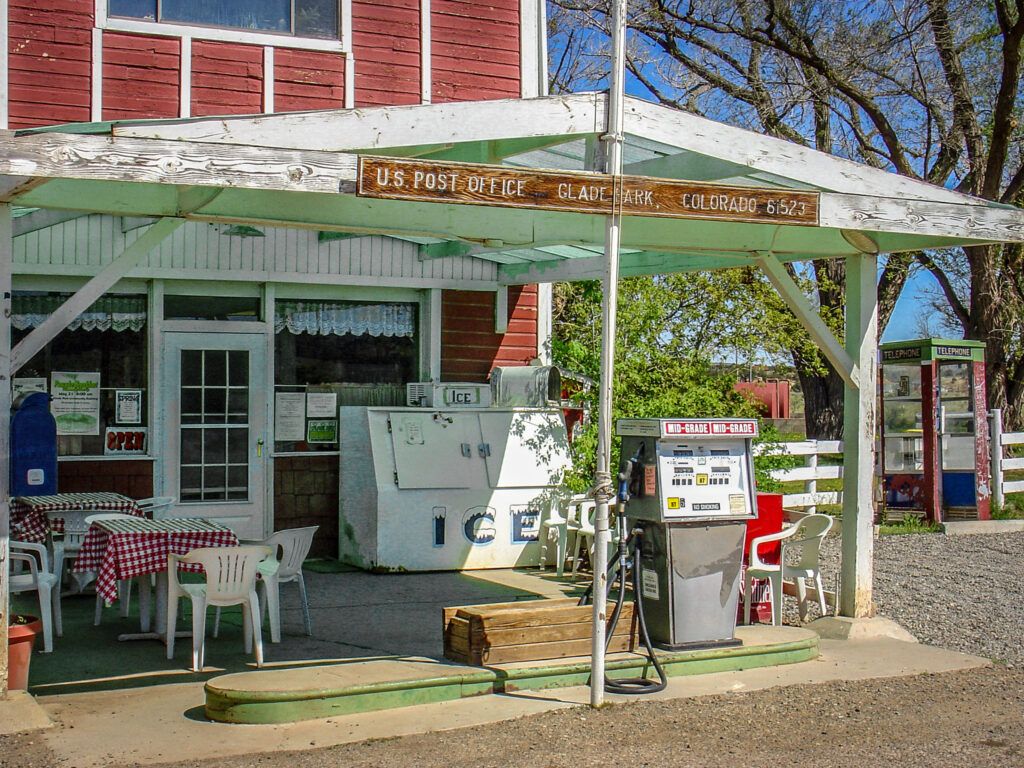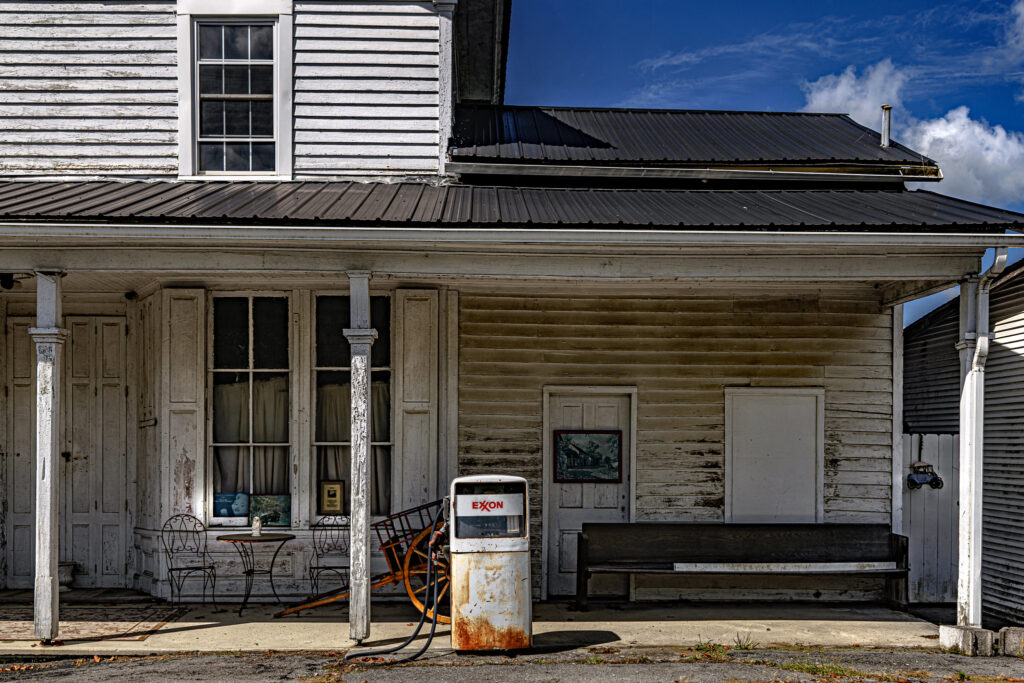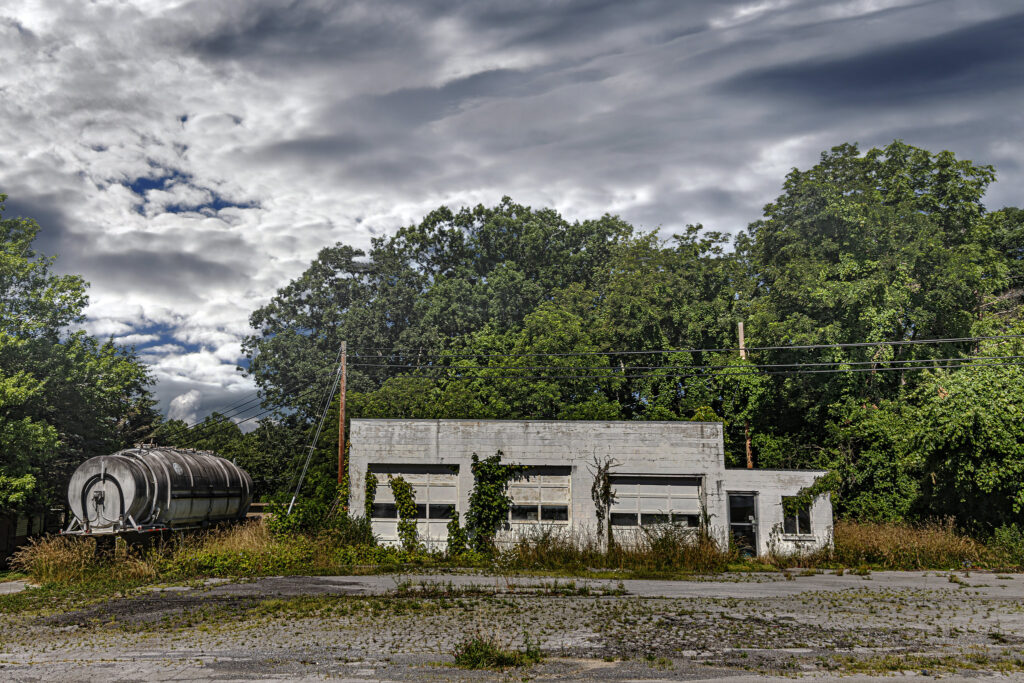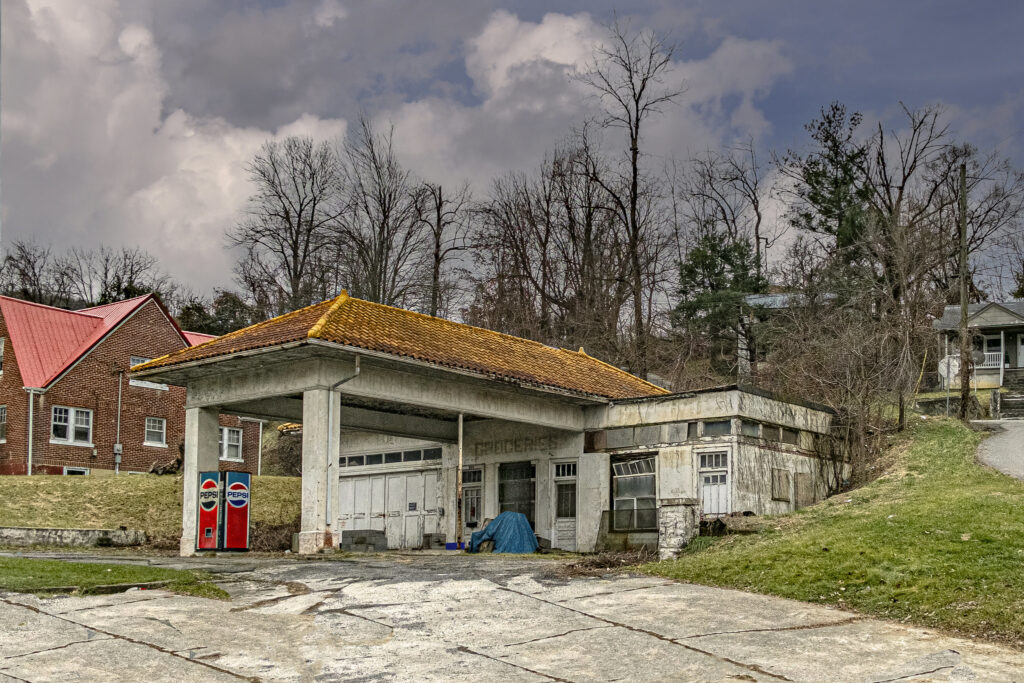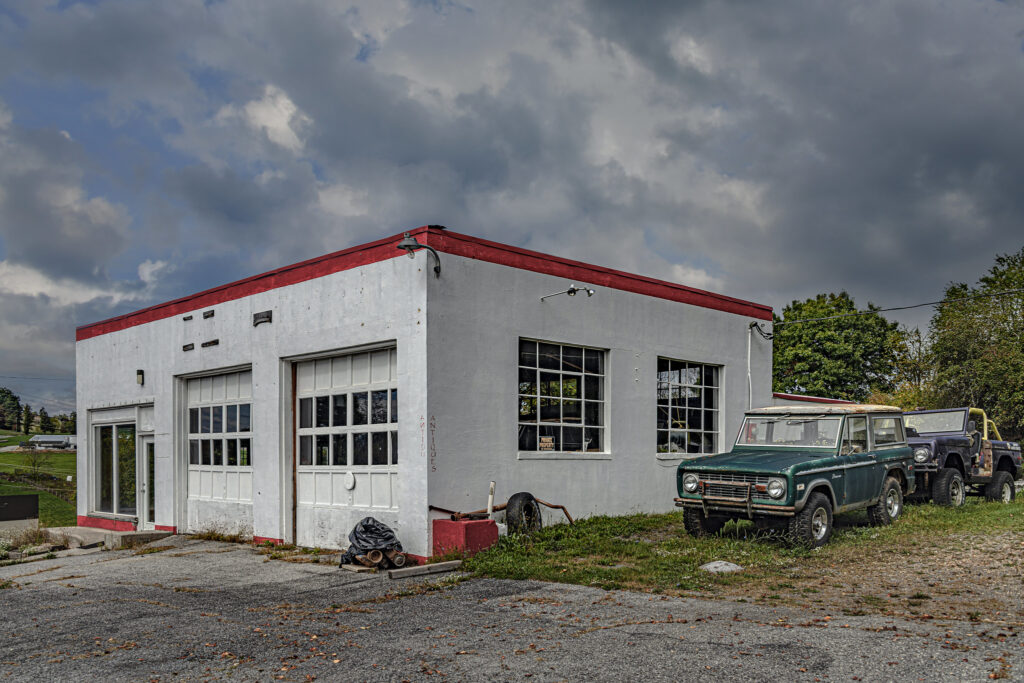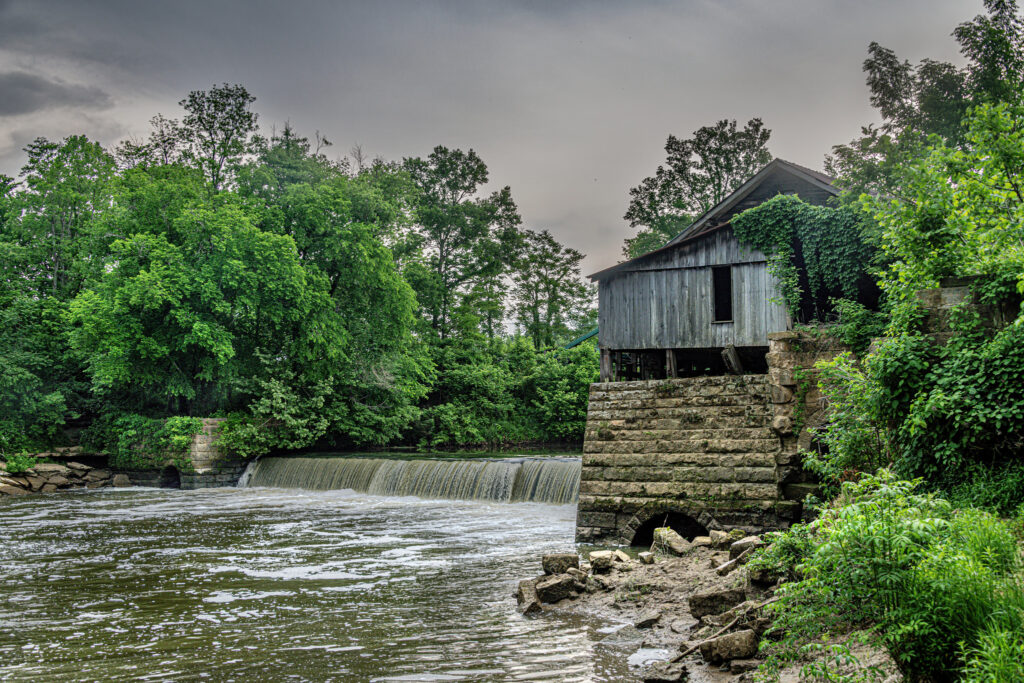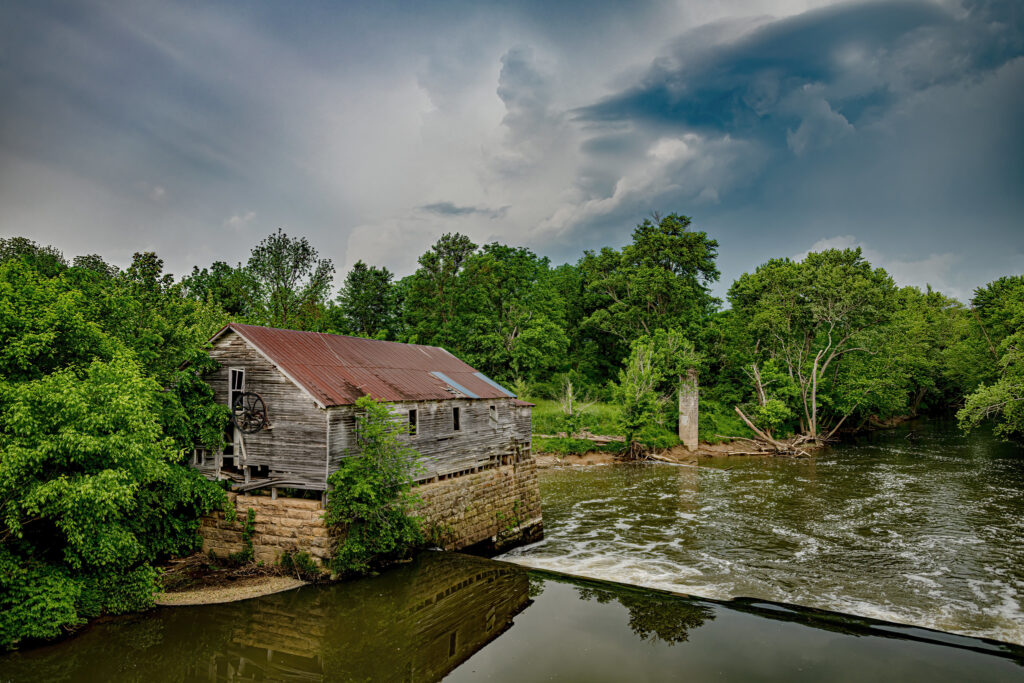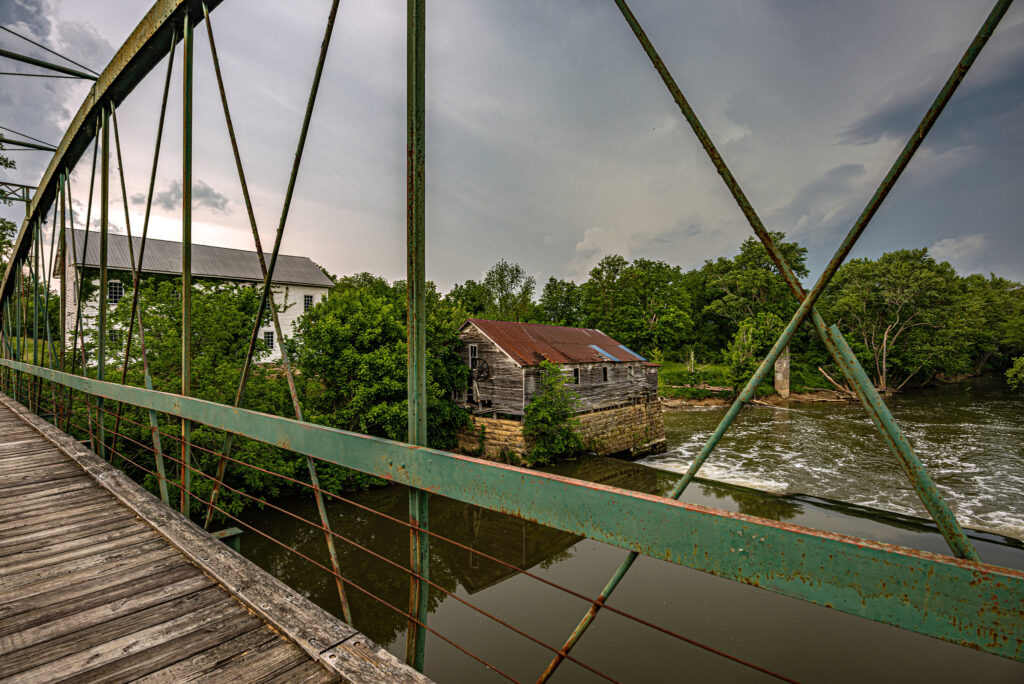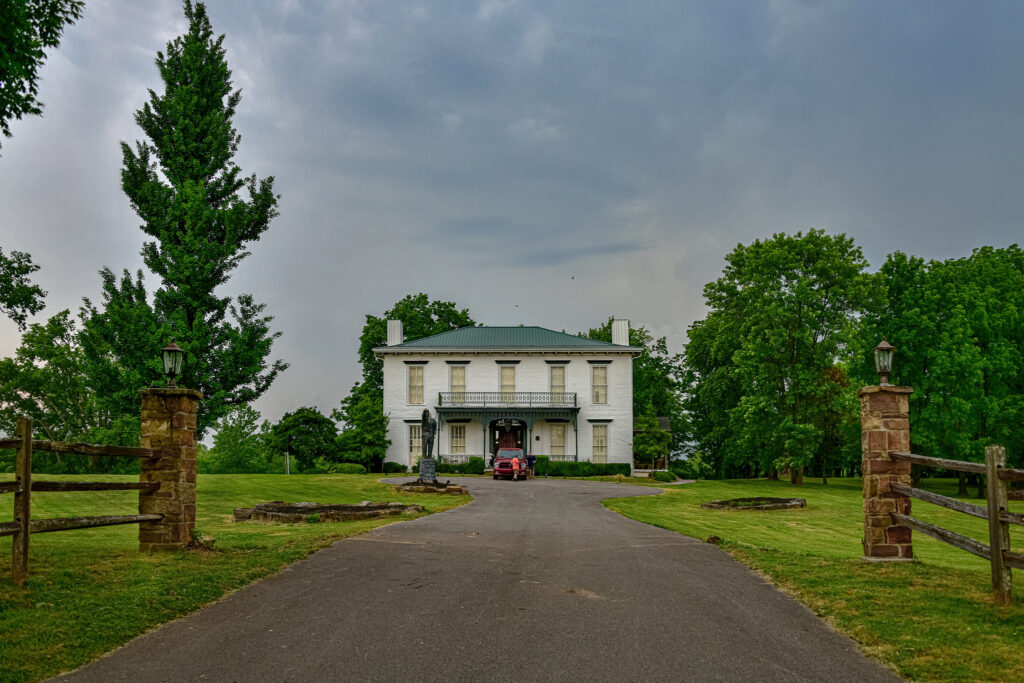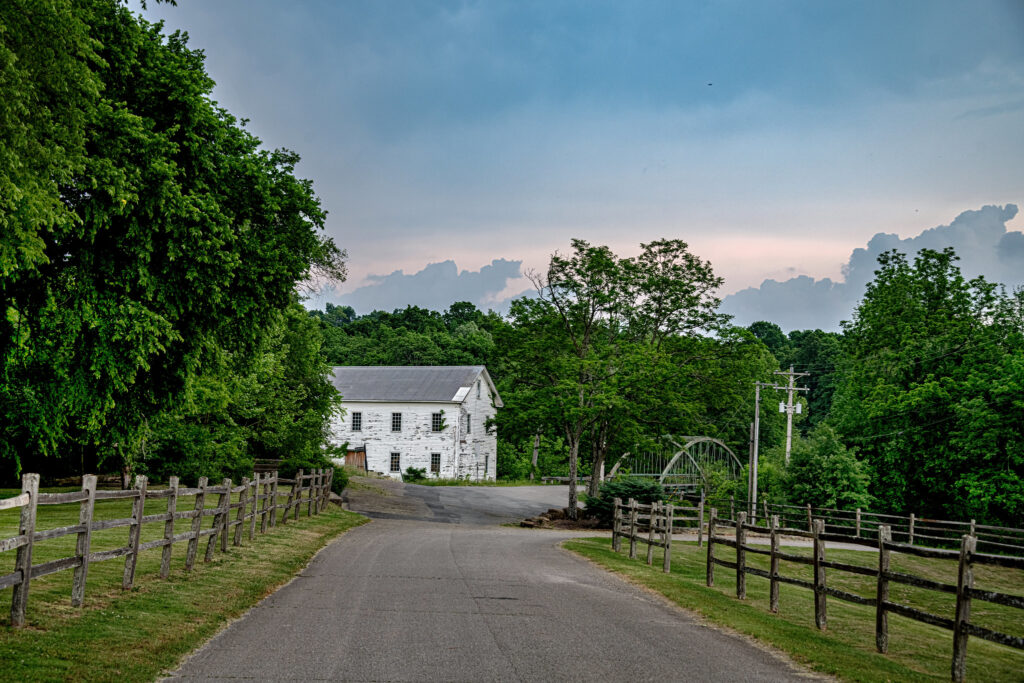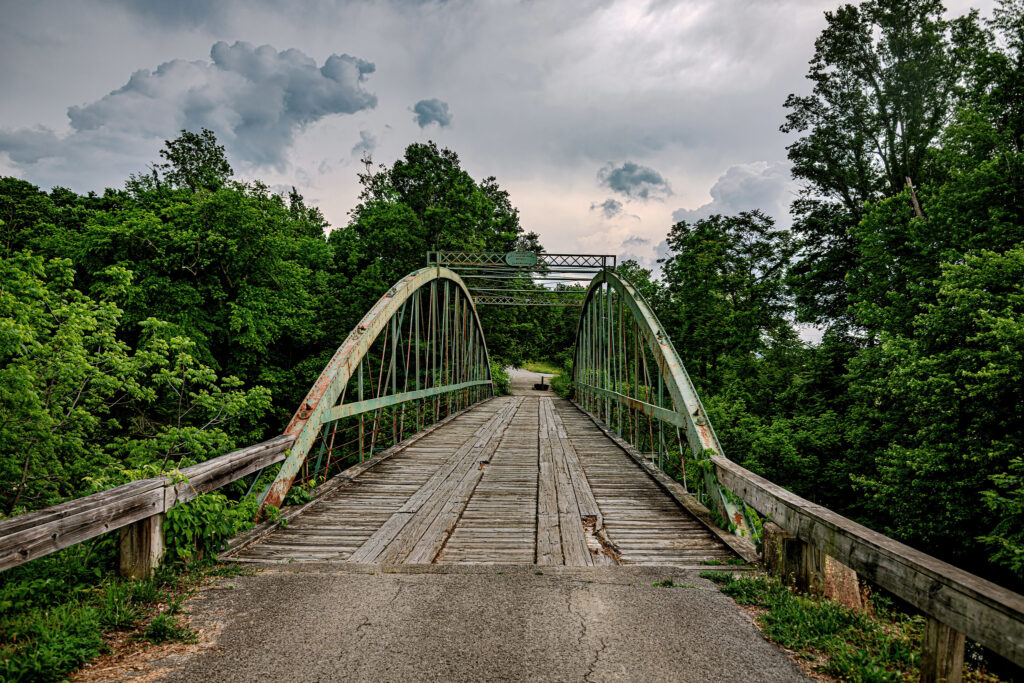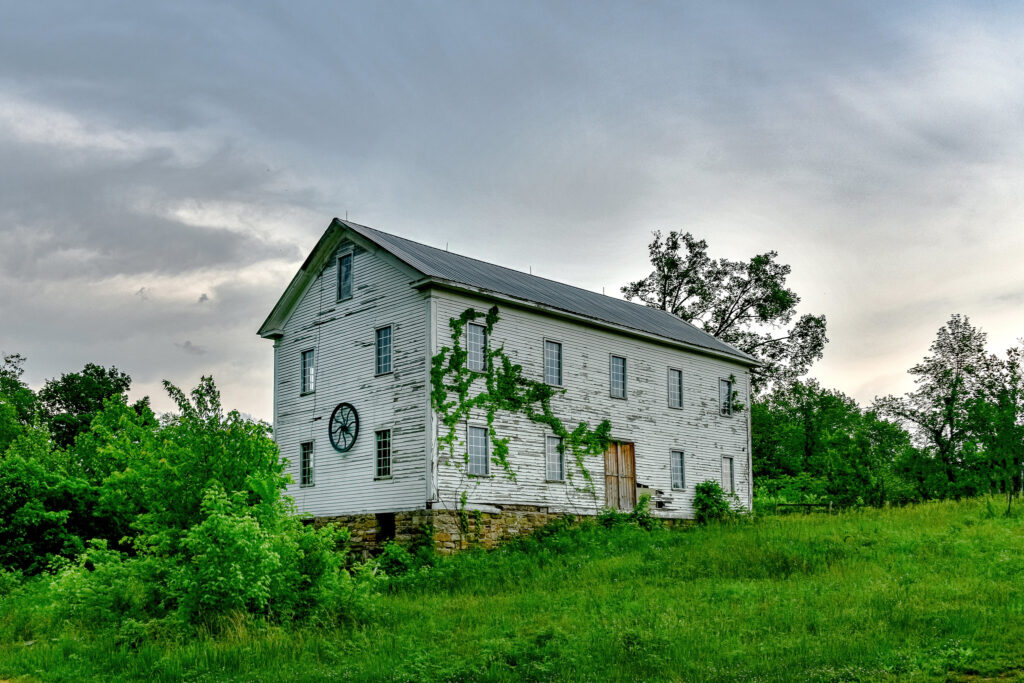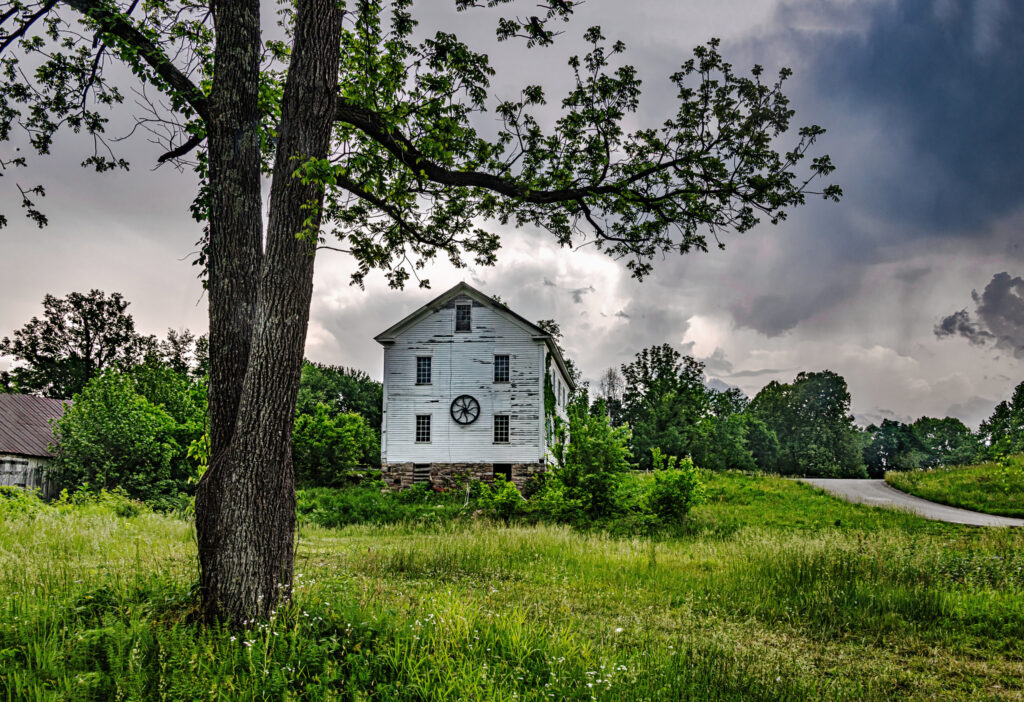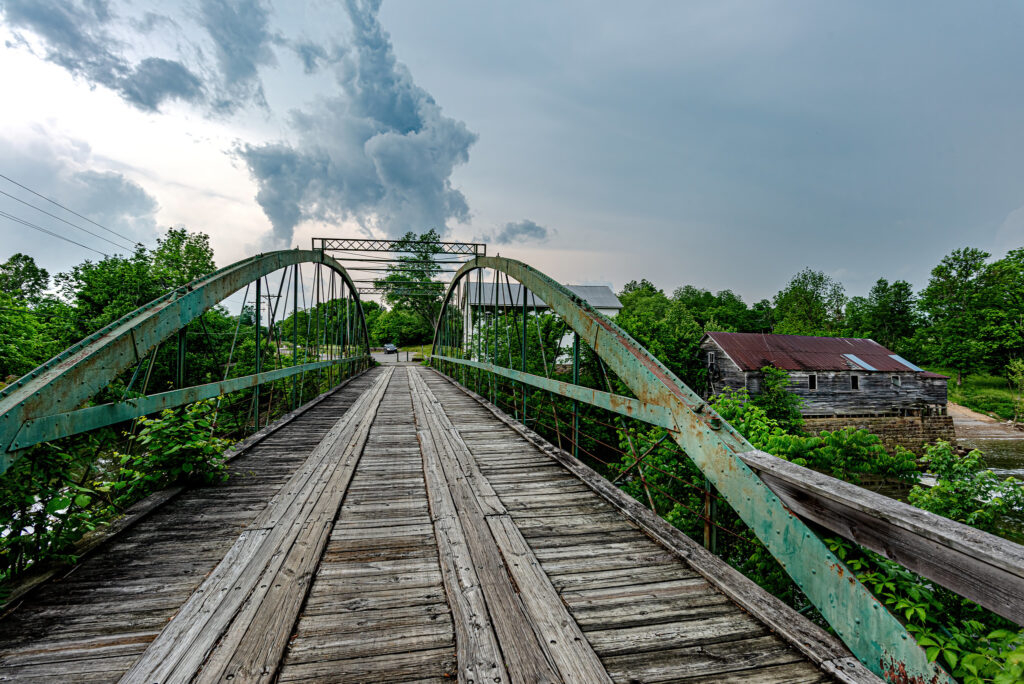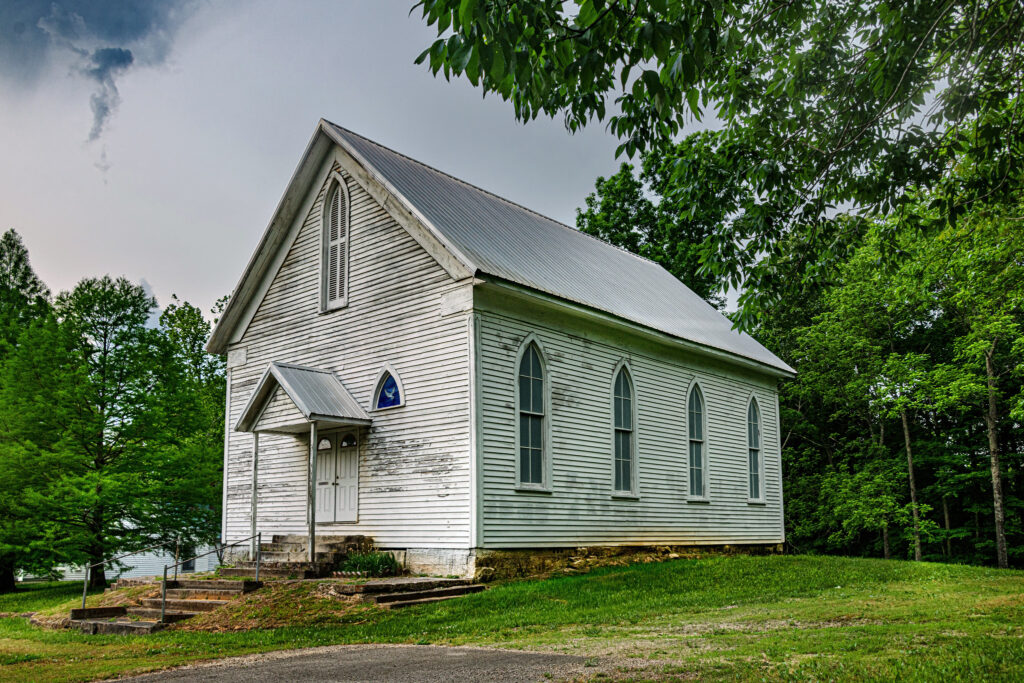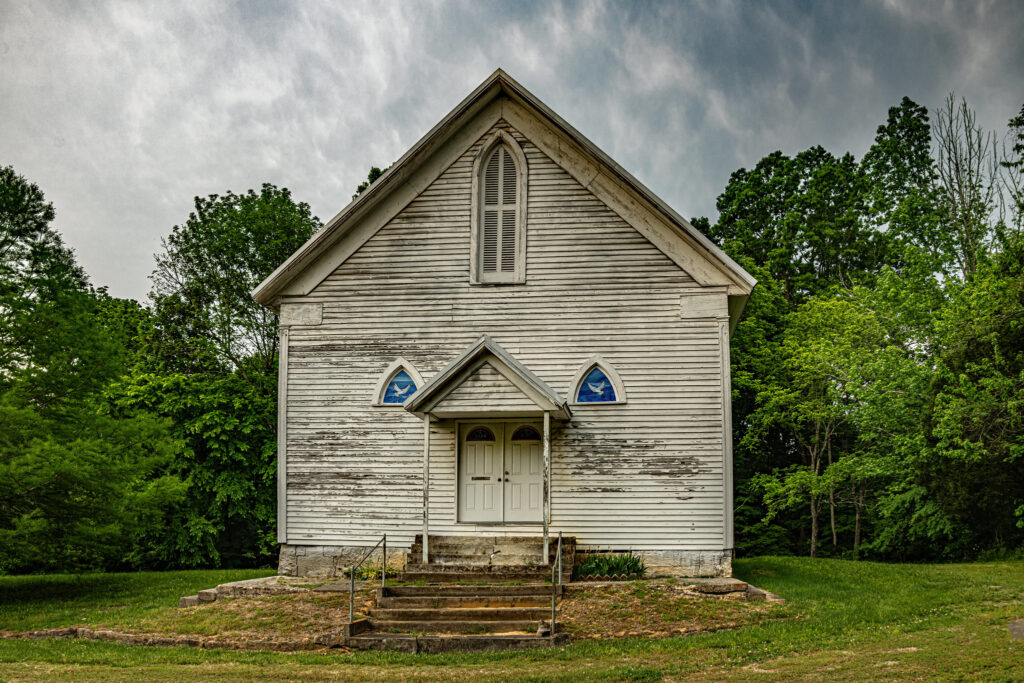About the Author – Once again we are fortunate to have a guest submission by Ray Flynn. He is a civil engineer who co-created Diy Guys together with his friend Brett Engle who is an architect. They also have an upcoming book “How to DIY Damn Near Everything” that aims to give others the courage and confidence to pursue DIY projects in their own homes. Nowadays, they’re also focused on projects that promote green living.
by Ray Flynn
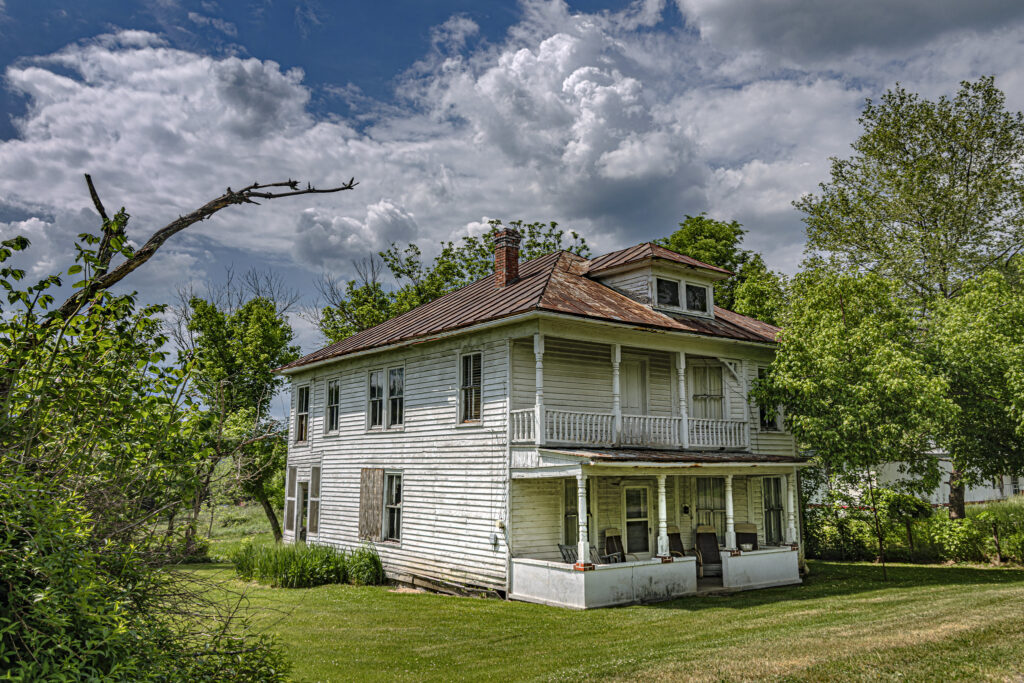
So, you’re thinking about buying a fixer-upper. You’ve seen the HGTV shows and are ready to take on the challenge. But before you start tearing down walls, there are a few things you need to consider.
A fixer-upper is a property that needs some work to be habitable or livable. This work can be anything from cosmetic updates and repairs to major renovations. The benefits of buying a fixer-upper are that you can usually purchase the property for less than market value, customize it to your taste and style, and potentially increase the home’s value through your renovations.
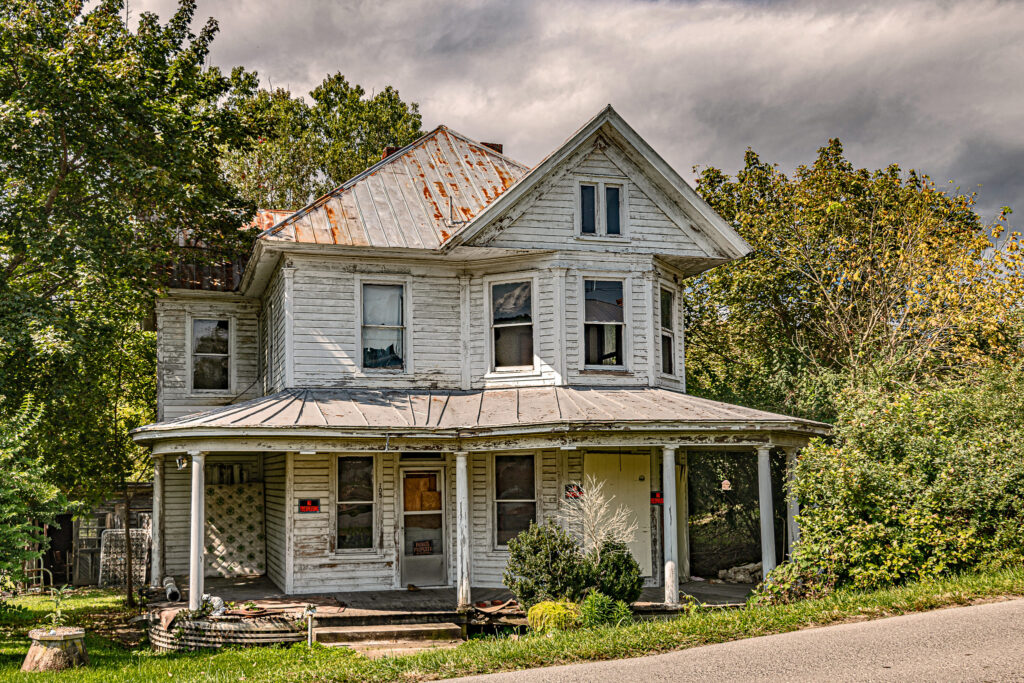
1. What to Look For in a Fixer-upper
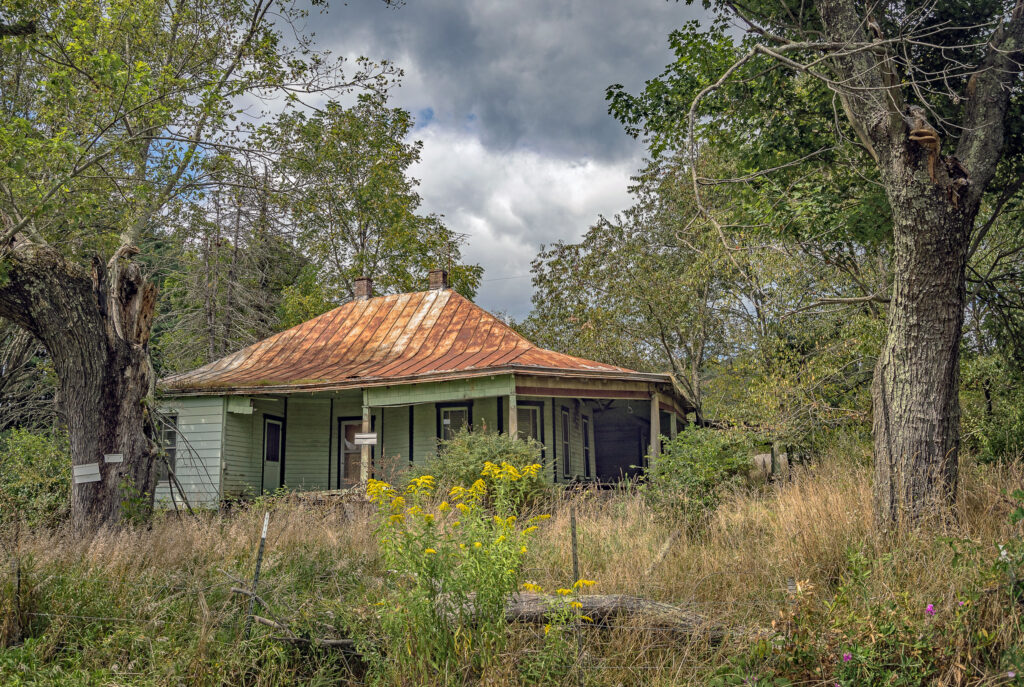
When looking for a fixer-upper, it’s important to find a property with good bones. This means that the foundation and structure of the home are sound and not in need of any significant repairs. You also want to look for a home that’s in a good location to ensure your home appreciates once you’ve completed your renovations. Another thing to keep in mind is the cost of the upgrades. You don’t want to overspend on a property that won’t give you a good return on your investment.
2. Projects to Tackle First
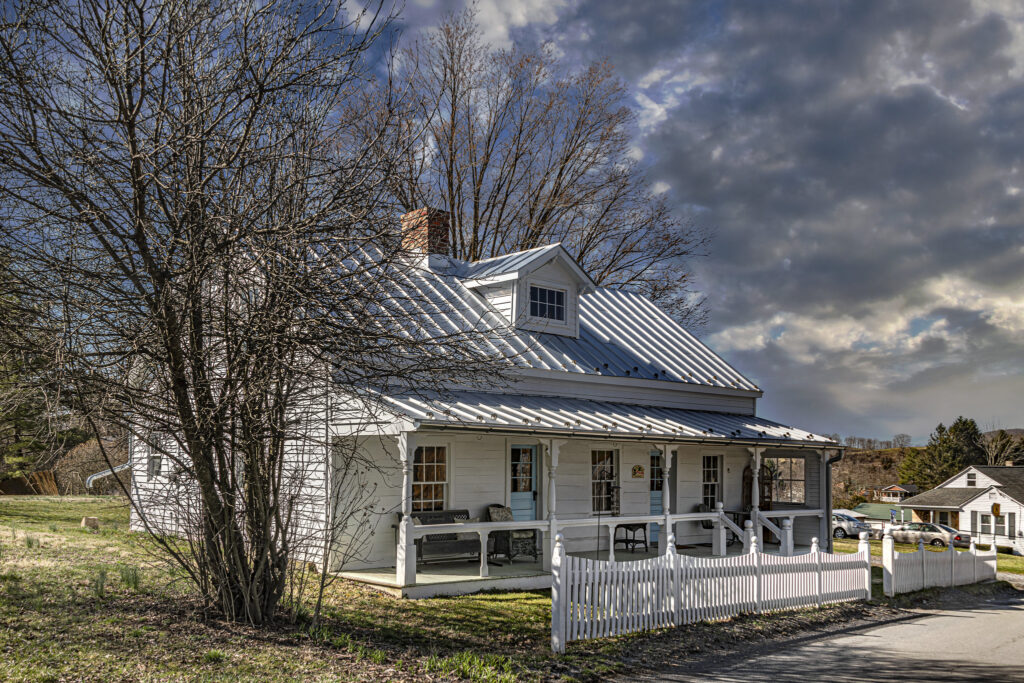
Once you’ve bought your fixer-upper, it’s time to plan your renovations. The first step is to prioritize your projects. Tackle the most critical repairs and updates first. Fix any structural issues, repair any systems — such as plumbing or electrical — and address health and safety concerns. Once you’ve taken care of the necessary repairs, you can start working on cosmetic updates and renovations.
3. Projects: DIY or Hire a Professional?
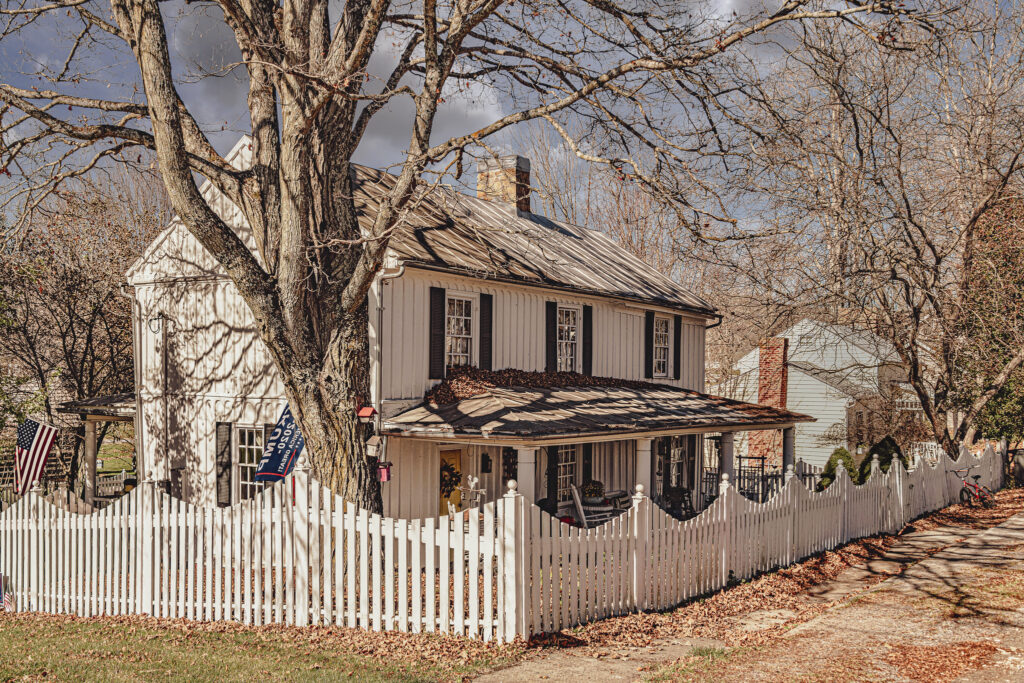
Some projects you can do yourself, while others require the help of a professional. If you’re not sure if you can tackle a project, it’s always best to err on the side of caution and hire a professional. You may need to hire a professional for major repairs, such as electrical, plumbing, HVAC, and roofing. Other projects, including painting, tiling, and changing hardware, you can probably handle yourself if you’re handy and have some experience.
4. Should You Stay, Sell, or Rent After Renovations?
Once you’ve completed all your renovations, you must decide whether to stay in the home or sell it. If you’re happy with the results of your renovations and you enjoy living in the house, there’s no reason to sell. However, if you’re looking to profit from your investment, selling is probably the best option.
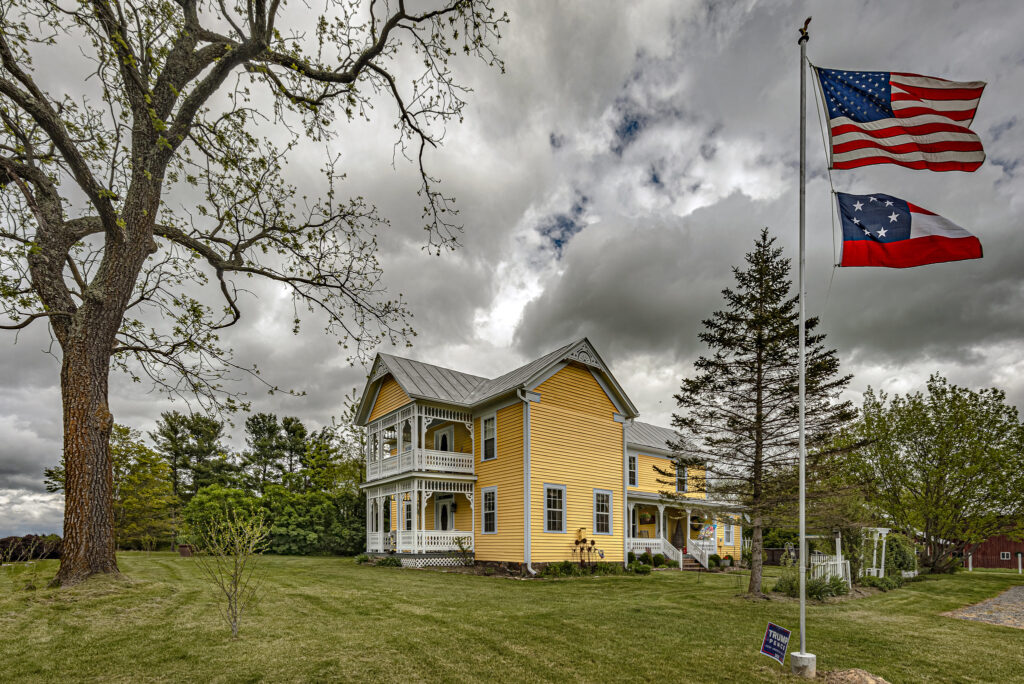
You can also consider renting out your home if you’re not ready to sell. If the house is in a location that attracts tourists, you can turn the property into a vacation rental. Alternatively, you can lease it to tenants for longer terms. It can be an excellent way to cover costs while allowing you to profit in the future. If you rent the property out, make sure to legally establish your company and register for an EIN (Employer Identification Number or tax ID number) to take advantage of tax deductions.
Make Your Dreams a Reality
Buying a fixer-upper can be a great way to upgrade your current home. With some elbow grease and some know-how, you can make your fixer-upper dreams a reality. If you like the charm of old houses, visit Driving Backroads.
